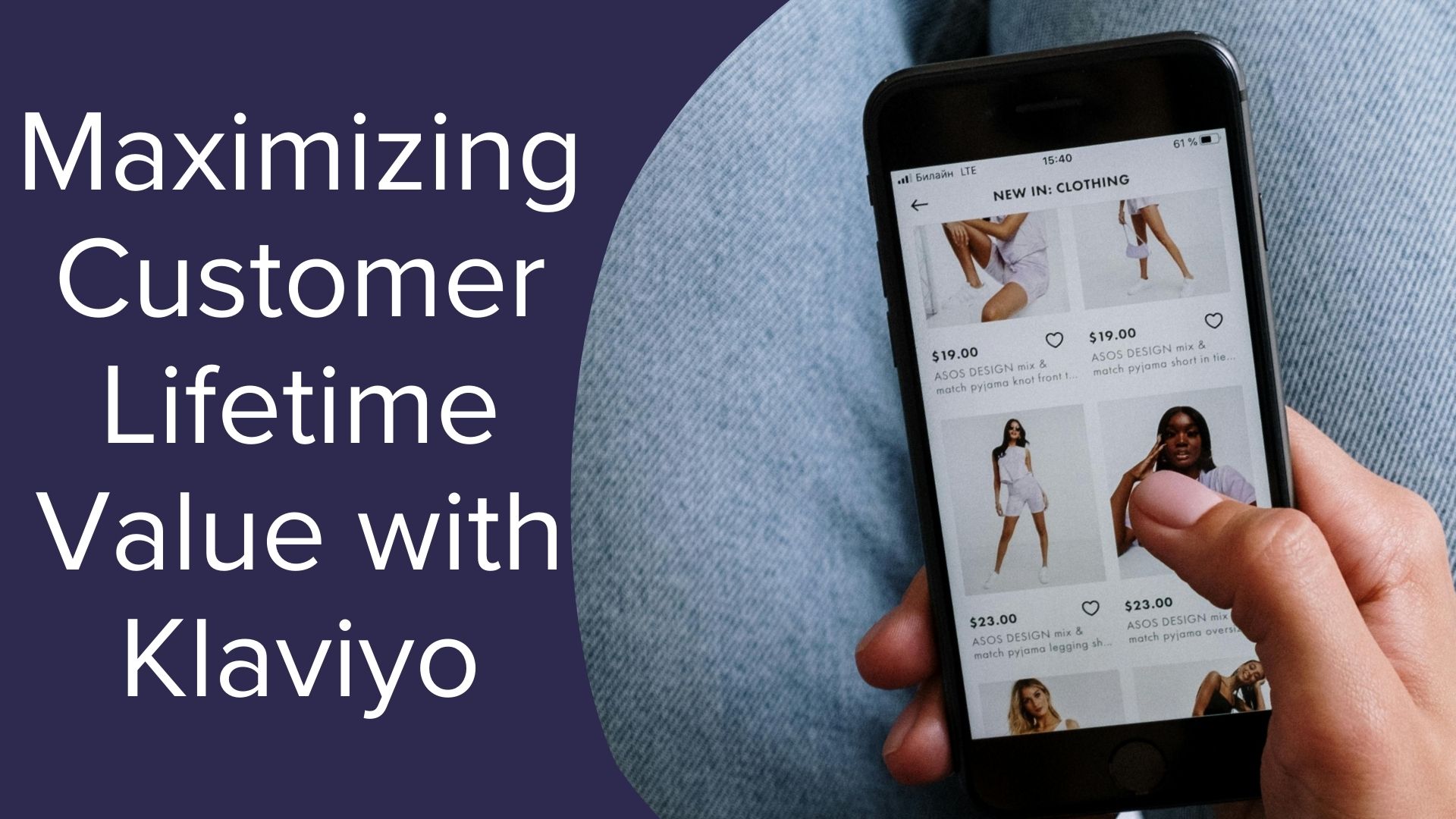The Bridge Between Finance, Data, and Marketing
Over the past decade, businesses have had to adapt to this very idea. We see a great example in Intel, where they were able to create a team in order to harness incoming data in order to depict their future decisions. This article will discuss how analyzing data, using data to make astute financial decisions, and implementing ad fraud protection all work in harmony, can bridge the gap for your business.
Data Analyzation
Analyzation is the first step in an integral process in deriving business strategies from company data. If we take Intel as an example, we see an organization that adapted successfully in efficiently analyzing their data. By creating a designated data analytics team, the MROI team, Intel rebuilt its analytics platform and strategic insights. In return, the team was able to collect an unprecedented amount of data for the company. Intel understood that marketing and finance are often intertwined. By using data compiled from their marketing analytics platforms, they were able to accurately forecast their financial future. The MROI team’s targeted Facebook ads and Intel’s own unpaid-organic search ads boosted product search from 1.9% to 2.3% which in return increased PC sales. Establishing a strong marketing team and deriving business decisions from consumer data is a must in heading into 2020.
Data-Driven Financial Decisions
Data-driven solutions are becoming the norm, from small businesses to large corporations. Victor Nilson, Vice President of Big Data at AT&T mentions taking advantage of data. He phrases, “We’ve used big data techniques to analyze all the different permutations to augment that experience to more quickly resolve or enhance a particular situation.” This means that processes in integrating data-driven financial decisions are blossoming in various sectors such as retail, financial services, and entertainment. Smaller businesses should recognize the power of analytics tools as well. These tools have opened doors to organized anachronisms such as adversarial marketing-finance relationships. This has also allowed for a more structured annual business strategy based on previously collected data. Overall, data creating a common language between agency finances and marketing which in return allows management to understand how their marketing has impacted financial performance.
Taking Advantage of Blockchain
Although we have a lot of opportunities for market growth in the age of information, we have also opened the gates to higher amounts of fraudulent data. Forrester reports that as much as 56% of all display ad dollars were lost to fraudulent inventory in 2016 and is expected to grow to $56 million in ad fraud cost in the next decade. Blockchain creates more transparent data-driven decisions marketing decisions by validating and analyzing a consumer’s journey through verified processes in ad delivery, confirming that real people are seeing the targeted ads. This can be used to prevent the same display ad from being over-served to specifically targeted customers. A blockchain is a powerful tool that marketing agencies can use in the post-campaign layer to validate and authenticate transactions, which can be an exponential improvement compared to common practices used today.
The age of information has brought various in finance, data, and marketing. We’ve seen multiple examples where companies have created specialized teams to train employees to take advantage of the information agencies have at hand. Through data analyzation, feeding financial decisions based on data from marketing campaigns, and implementing processes in fraud protection, your business has the ability to initiate growth no matter the size and will keep you one step ahead of the game in 2020.




